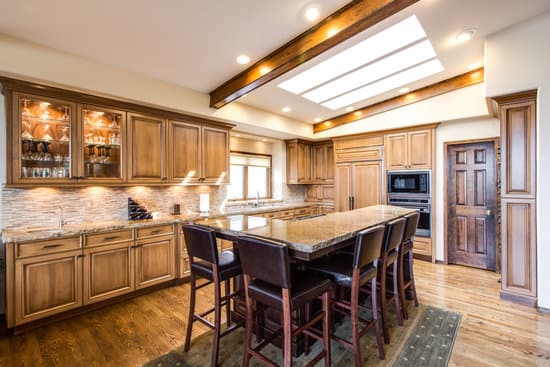Understanding the Science behind Smoking Meat
For many lovers of barbecue, smoking meat is an art that requires technique, patience, and the right equipment. However, some of the challenges that come with smoking meat include meat discoloration, particularly when the meat turns black. Smoking meat involves cooking it in a low-oxygen environment that is filled with dense, heavy, as well as dark and smoldering wood. This process creates creosote, which can coat and darken the interior of the smoker, including the meat you cook. When smoking meat, the heat source – which in this case is wood – releases gases, including water vapor and various organic compounds. These compounds include creosote, which results from burning wood containing high levels of resin, oil, or tar. The creosote forms a vapor that sticks to the walls of the smoker, including the meat placed inside. The high concentration of creosote vapor in the smoker creates ideal conditions for the formation of a liquid tar-like substance that can coat the meat.Factors Influencing the Formation of Creosote
Various factors can influence the formation of creosote, and ultimately lead to the discoloration of smoked meat. These factors include temperature, airflow, and the type of wood used in smoking. High smoking temperatures and restricted airflow can increase the concentration of creosote vapor in the smoker. Similarly, the type of wood used in smoking will have an impact on the amount of creosote produced. Some types of wood, such as hickory, mesquite, and oak, contain high levels of resin and oil, which increase the potential for creosote formation.The Effects of Creosote on Smoking Meat
While the formation of creosote may impart a smoky flavor to the meat, it can negatively affect its appearance and texture. Meat that is coated with creosote can appear blackened or charred, and may even have a bitter taste. Furthermore, excessive creosote buildup can lead to a buildup of harmful chemicals on the surface of the meat, which can pose a health risk to consumers.Preventing the Buildup of Creosote in a Smoker
Fortunately, there are measures you can take to prevent the buildup of creosote in your smoker. One crucial step is to ensure adequate airflow to the smoker. This means opening the dampers to create an even airflow through the smoker, which helps dissipate the creosote vapor. It is also essential to avoid using damp or wet wood, which produces more creosote than dry wood. Additionally, cleaning the smoker regularly can help prevent the buildup of creosote. Here are a few other tips to consider:- Avoid smoking meat in extremely cold weather, as this can hinder airflow, thereby increasing creosote buildup.
- Consider using alternative heat sources like propane or electric smokers.
- If possible, use wood chips or pellets made from compressed sawdust.





















